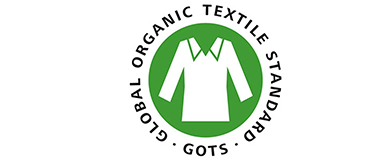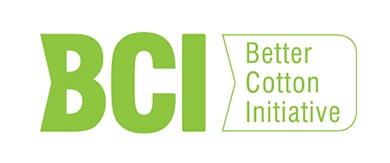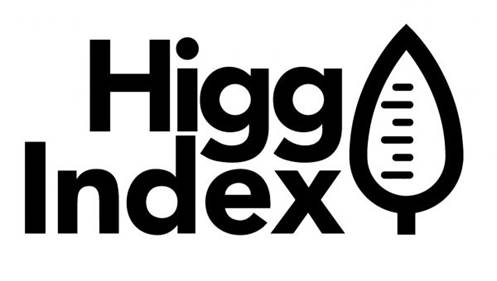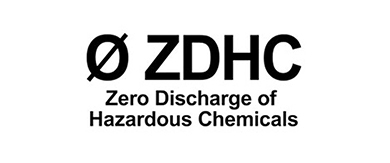OUR COMMITMENT
OUR GOAL

Energy Saving – Liquid Petroleum Boilers
Heat generation is required for fabric production and our plan is to replace all existing coal boilers to liquefied petroleum gas boilers at our mills.
With our expected increase in capacity, we will reduce carbon emission by 12,000 tons every year.
Water Saving – Heated Water Recycling
Waste water can be re-introduced into the manufacturing cycle via a sophisticated exchange system.
Water reach high temperatures after the fabric manufacture process. This heat can be recycled and used to heat up clean cold water, hence creating a continuous water and energy saving cycle.


Chemical Management – Water Treatment
Water treatment plants are located within our production facilities to ensure all fluids are carefully filter and treated before released.
All components comply with ZDHC (zero discharge of hazardous chemicals) guidelines, making sure to minimize impact to the surrounding environment.
Chemical Management – Sludge Treatment
Residuals from water treatment known as sludge is treated via an anaerobic treatment processes.
The cost and energy involved in disposing the sludge is much lower that traditional aerobic process whilst also creating gas and bio-carbons that can be become an energy source to produce steam.


Raw Material – Cotton Recycling
Our in-house recycled cotton manufacturing system with the ability to regenerating old garments and waste cotton scraps into new recycled cotton fiber.
These renewed cotton fibers can then be used to spin into new yarns, knitted into new fabrics and sewn into new garments – a true representation of textile circularity.
Product Innovation – Sustainable Fibers
Our R&D teams continue to explore new technologies and opportunities to integrate sustainable raw materials into the product.
From organic cotton, recycled synthetics yarns, raw fibers from timber and plants to using natural dyeing techniques.
Our relentless drive to push boundaries and experiment with new possibilities helps strengthen our product knowledge and provide creative solutions to our customers.

Technology – Digital Design
Design and development using digital platforms and 3D technology is fast becoming an essential tool for the manufacturing industry.
The transition from 2D design to 3D true-to-life images can dramatically speed up the development process, reducing the need for actual fabric and sample production.
Transmitting digital files instead of physical garments save cost and valuable resources, whilst leaving behind less carbon footprint.











